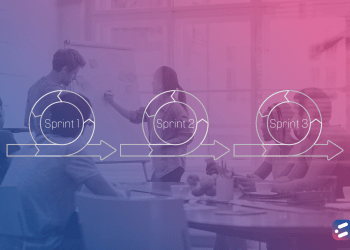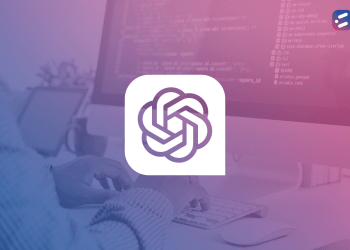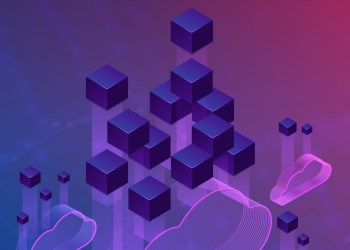For most IT companies, the first thing to be discussed before starting a project is whether to follow the Waterfall or Agile method of software development. The two methods come with their own unique benefits and drawbacks and therefore contribute differently towards the output created. Here, we aim to differentiate between the two to help you choose better.
Waterfall Method
The waterfall method is a traditional, linear approach to software development which follows a documented sequence of steps:
-
- Requirement documentation
- Design
- Code and unit test
- System testing
- User acceptance testing
- Bug fixing
- Finished product
A waterfall method project follows the above sequence in steps without going back and forth.
Advantages of the Waterfall method
- The process flow of the project is determined and agreed-upon from start to finish, making end-to-end planning more efficient and transparent.
- It is easier to measure progress throughout the SDLC.
- Client presence is hardly required except for reviews and approvals which are, once again, pre-determined.
- Design is completed early on in the development cycle and this makes project completion faster in projects which require multiple modules to be integrated with each other.
- The software can be designed more carefully since ALL the software deliverables are determined early – this will ensure that no bit of software that is being built is a misfit with the entire software.
Drawbacks of the Waterfall method
- No working software is created until the last few steps of the method.
- It is not suitable for projects where the requirements are at a high risk of changing. With most projects, there are a fair amount of changes that are brought in by clients. Therefore, using the waterfall methodology in such cases will be inefficient.
- Frequently changing the scope of a project in a waterfall methodology can cause costly delays and drastically alter the required output.
- Since integrations of all the modules are only done at the last stage, it becomes difficult to identify possible bottlenecks in the project.
- Sometimes it is difficult to visualize the software in its entirety with just the requirements document. So in cases where it is necessary to make changes to the software, it is possible to do so only after the completion of the development process. This makes it difficult to implement changes in the software when the Waterfall method is followed.
Agile Method
Agile in an iterative method of software development which involves a tight feedback loop for rapid application development. Agile deviates from a document-based approach to that of a collaboration-based approach to software development. Instead of tasks, “sprints” are created while developing software using Agile. Each sprint usually lasts for a few weeks and a list of deliverables are completed within that time and sent to the client for review. An end-of-sprint demo is conducted for clients after which the work is determined for the next sprint.
Advantages of the Agile method
- Since the client is frequently involved in the software development process, the right decisions are made very early on in the project.
- The client gets a first-hand feel for what the software is shaping up to be and hence, can get a sense of ownership of the project.
- If the available time-to-market is short, then Agile can help you release a rudimentary version of the software fast.
Drawbacks of the Agile method
- Agile can be problematic for clients who do not have the time or interest to become frequently involved with the project.
- Since agile involves frequent re-prioritization, it can become difficult to complete a few modules set for release within a sprint. In such cases, additional sprints are required to add all the features to the software. This exercise can increase the time and cost required to implement the solution.
While Agile and Waterfall are popular software development methods, at CloudNow Technologies, we absorb your requirements to devise our own software development framework or go with Agile and Waterfall methods to deliver our best. To know more about our development methods, get in touch with us now.













